Imagine watching a family member die and then seeing your entire community gather around, not to celebrate their life or say goodbye, but to offer you the exact support you need at your most vulnerable moment. This remarkable scene unfolds regularly in elephant herds across Asia and Africa, revealing one of nature’s most profound expressions of emotional intelligence. Elephants show broad interest in their dead regardless of the strength of former relationships with the dead individual, and observations show that elephants, like humans, are concerned with distressed or deceased individuals, and render assistance to the ailing and show a special interest in dead bodies of their own kind.
Recent scientific research has unveiled the sophisticated ways these gentle giants process grief, offering insights that challenge everything we thought we knew about animal emotions. Their methods of comfort reveal a complex understanding of loss that mirrors our own deepest human experiences. So let’s explore how elephants have mastered the art of emotional support in ways that might surprise even the most devoted animal lovers.
When Loss Strikes the Herd
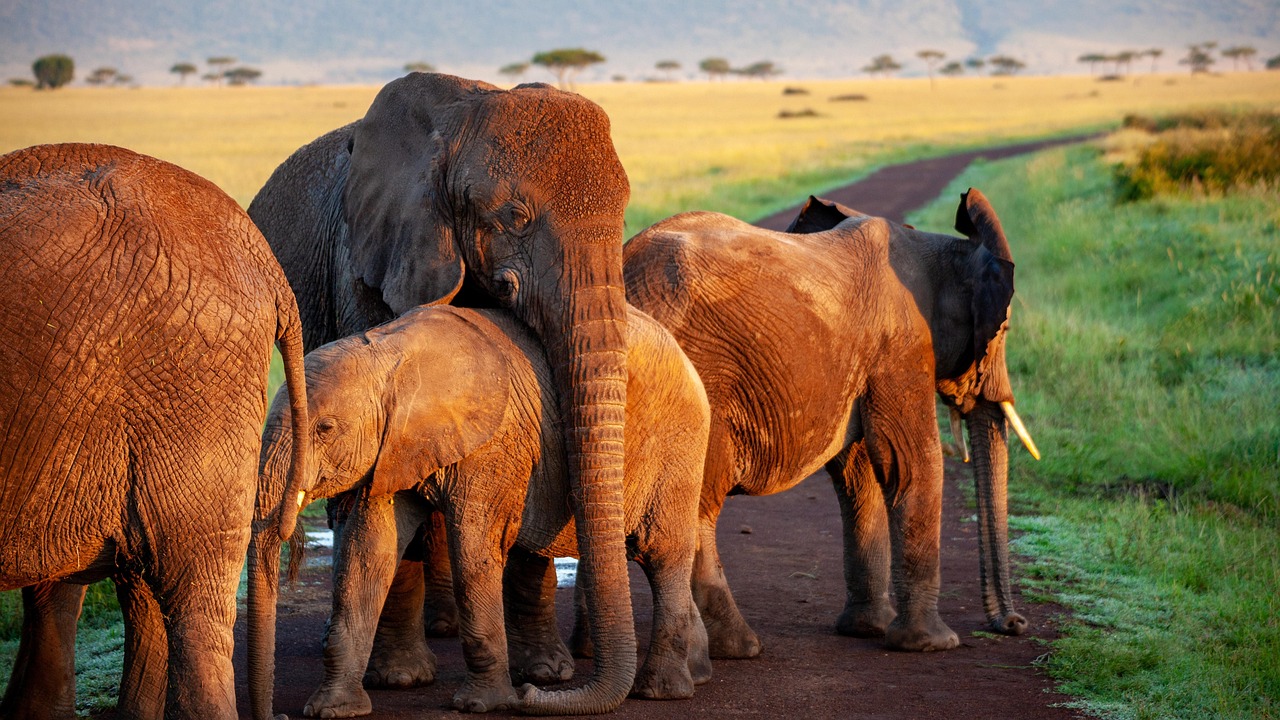
The most commonly recorded behavior of elephants towards their dead included touching, approaching the dead animal and investigating the carcass. These moments reveal the immediate response of elephant communities when tragedy strikes. During the course of this work the research team witnessed the death of a matriarch, Eleanor, within one elephant family unit named the First Ladies, providing scientists with rare documentation of grief in action.
An elephant in Tanzania carrying her stillborn calf demonstrates another facet of this behavior. The same pattern emerges across species, much like a killer whale that famously carried her dead calf for 17 days. These actions transcend simple biological responses, suggesting something deeper at work in the elephant psyche.
The Gentle Touch of Consolation
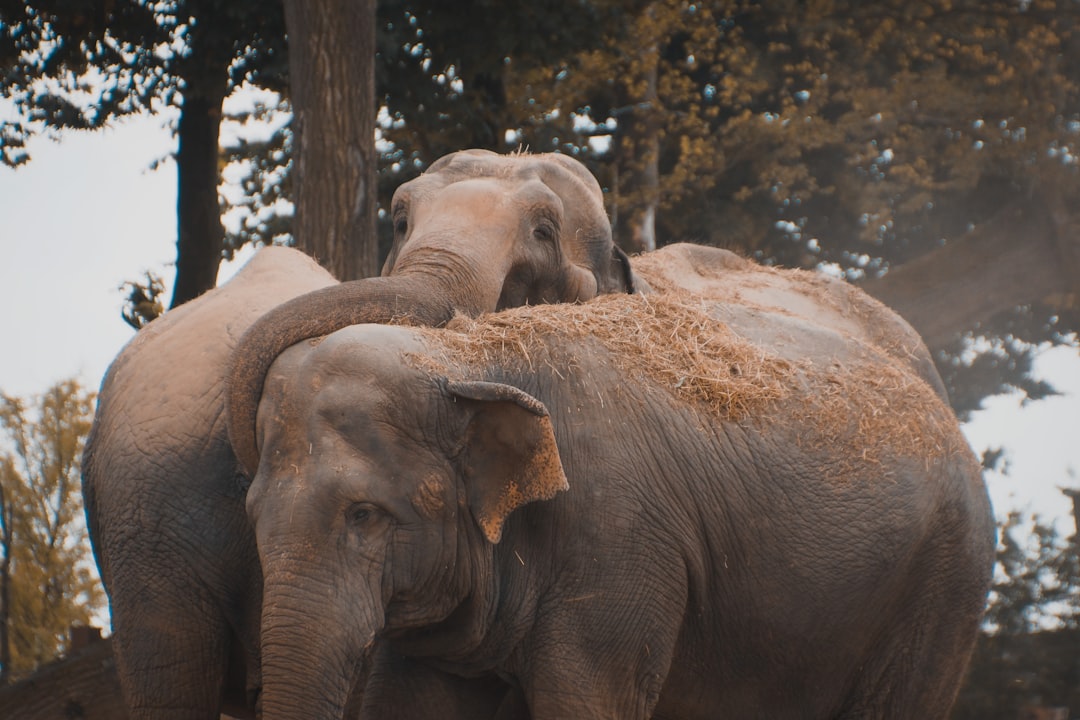
A nearby elephant would go to the side of the distressed animal and use its trunk to gently touch its face, or put its trunk in the other animal’s mouth. This extraordinary gesture represents one of the most intimate forms of comfort found in the animal kingdom. This may mirror similar vulnerable contact behavior seen in chimpanzees, whereby individuals put a finger or a hand into the mouth of a distressed other.
Research has revealed that these touching behaviors follow specific patterns. The touching that did happen in the post-distress seemed to happen very soon after the distress event, which tells us that all the touching and vocalizations were most likely related to the distress. The immediacy of this response suggests that elephants possess an acute awareness of their companions’ emotional states, responding with intentional acts of comfort rather than mere coincidence.
Secret Sounds of Sympathy
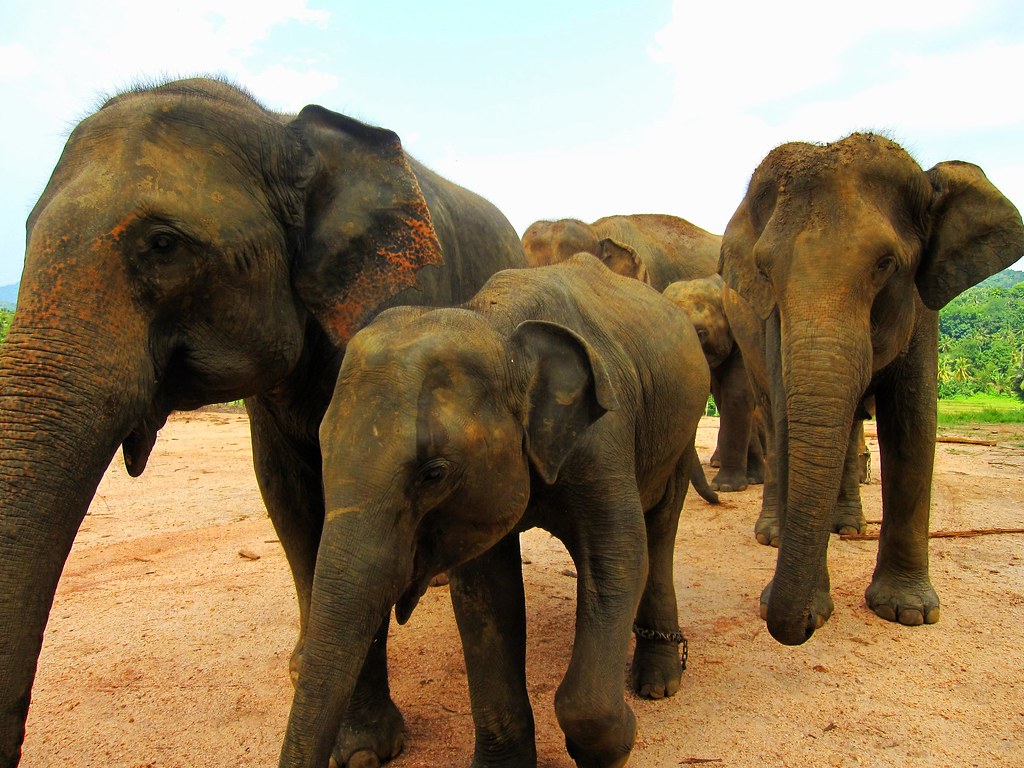
Beyond physical touch, elephants employ a sophisticated vocal language to offer comfort to grieving companions. Asian elephants, like great apes, dogs, certain corvids (the bird group that includes ravens), and us, have now been shown to recognize when a herd mate is upset and to offer gentle caresses and chirps of sympathy. These vocalizations aren’t random sounds but carefully orchestrated communications designed to soothe.
The prevalence of specific vocalizations (e.g., chirping, which may serve as a reassurance vocalization used when elephants are in close proximity to each other) reveals the deliberate nature of their comfort sounds. Low rumbles have been known to be contenting or reassuring, while other calls serve different emotional purposes. The elephants essentially create a soundtrack of support, surrounding their grieving family members with auditory reassurance.
Protective Circles of Care
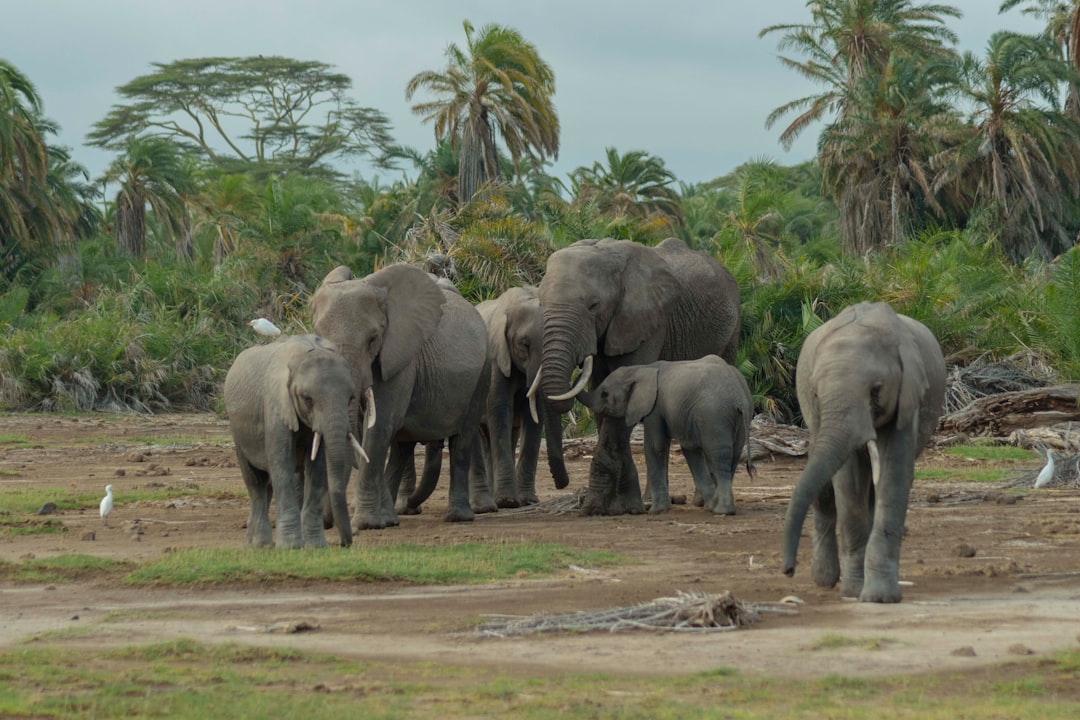
Sometimes the empathetic animals formed a protective circle around the distressed one. This behavior transforms individual grief into a community experience, where the entire herd becomes a living shield of support. The formation of these protective circles demonstrates the sophisticated social understanding that elephants possess about vulnerability and safety.
During times of stress or danger, elephants huddle together, their trunks intertwined in what researchers call “bunching”. This behavior not only provides physical protection but also emotional comfort – much like how humans might hold hands or embrace during frightening situations. This instinctive gathering creates both psychological and physical security for those experiencing distress.
Emotional Contagion in Action
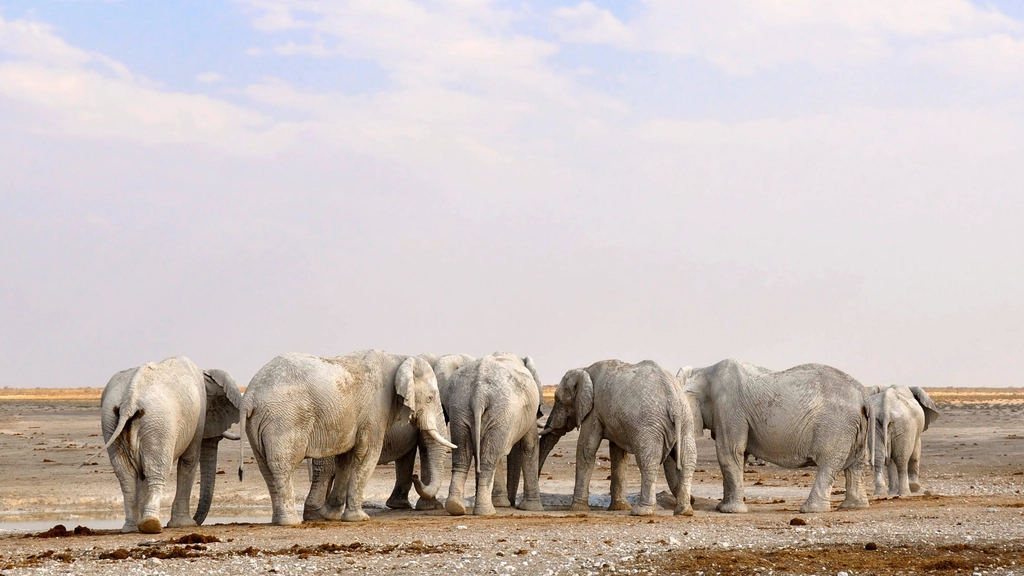
Perhaps most remarkably, elephants experience what scientists call emotional contagion. By comparing the two types of events – stressful versus nonstressful – the scientists were able to say that “emotional contagion” occurs only when an elephant sees another in distress. This means that elephants literally feel their companions’ pain, their own emotional state shifting to match that of the suffering individual.
There was also evidence of “emotional contagion,” when herd mates matched the behavior and emotional state of the upset individual. In other words, seeing a “friend” in distress was distressing to the observers. This shared emotional experience creates a profound bond that goes beyond simple sympathy, establishing a genuine understanding of another’s suffering.
Memory Keepers of the Fallen
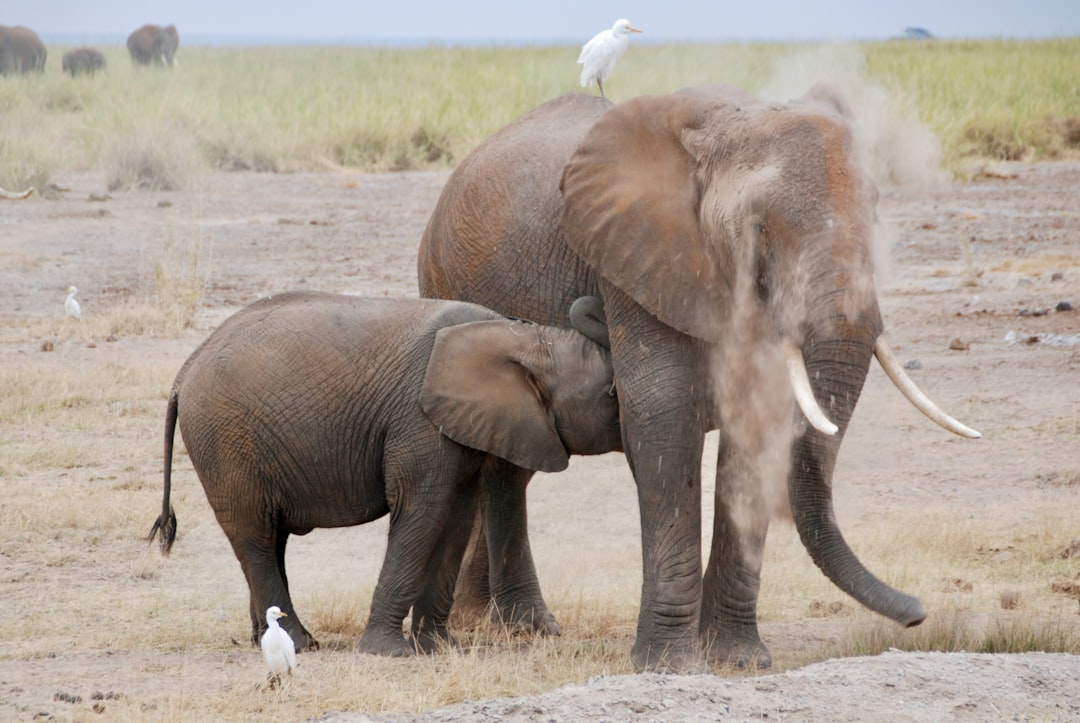
When Goldenberg returned to the carcass a few weeks later, she encountered elephants from three separate families inspecting the bones. Although the three families were not related to Victoria, they knew her, Goldenberg says, and clearly showed a connection to her by lingering over her carcass. This behavior suggests that elephants maintain emotional connections that extend far beyond immediate family bonds.
Elephants often make repeated visits to carcasses, spend varying amounts of time with the bodies, and exhibit behaviours beyond curiousity, such as, standing with inactive trunks. These return visits indicate that elephants process grief over extended periods, much like humans who visit gravesites to find comfort and maintain connection with lost loved ones.
Beyond Family Bonds
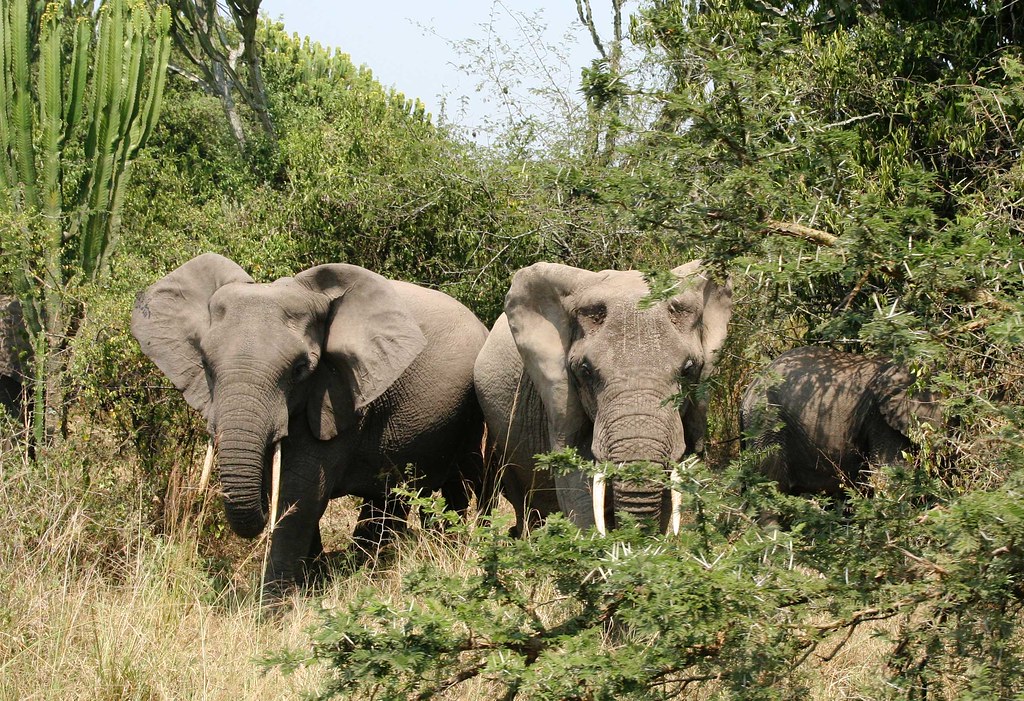
Records made around the time of death, shows that the helping behaviour and special interest exhibited was not restricted to closely related kin. This discovery challenges assumptions about animal empathy, revealing that elephants extend compassion beyond genetic relationships. Their capacity for care encompasses their broader community, suggesting a moral framework that values all relationships within their social network.
What her non-relatives were doing is also important. You see their investigation of the body. You see calves walking past and smelling it. It is amazing to see that level of fascination. Even young elephants participate in these rituals, learning about loss and community support through observation and gentle participation.
The Science Behind Elephant Empathy
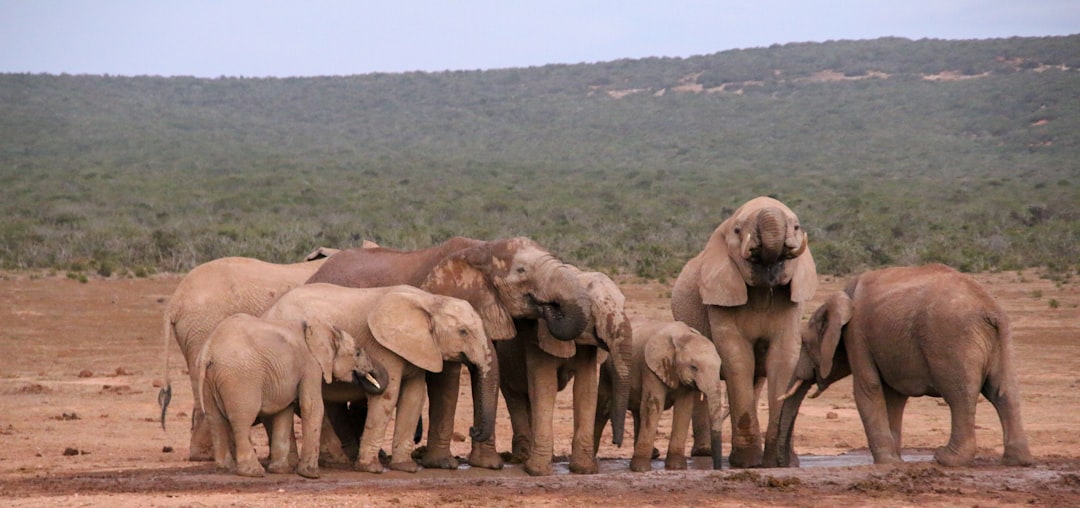
I have no doubt that elephants grieve. We know these are smart and emotional creatures. We don’t need to know what they are thinking. With grief, we have to know that the survivor’s behavior is significantly altered from normal baseline, such as altered social withdrawal, feeding, sleeping, body posture that is sustained in some way. This scientific framework provides concrete evidence for what observers have long suspected about elephant emotional intelligence.
Elephants are considered empathetic due to their complex brain structure and emotional capacity. The elephant’s brain is one of the largest, weighing around 12-13 pounds. The neurological foundation supports the behavioral evidence, creating a comprehensive picture of creatures capable of sophisticated emotional processing and response.
A Community United in Grief

Whenever an elephant showed signs of distress, a reassuring friend was sure to come console them. The number of times when elephants showed distress without a response from others was very rare. This consistent response pattern reveals the reliability of elephant social support systems, where community members can count on comfort during their darkest moments.
The consistency of this behavior across different populations and circumstances suggests that comforting the grieving isn’t learned behavior but an instinctual response. With their strong bonds, it is not surprising that elephants show concern for others. They get distressed when they see others in distress, reaching out to calm them down, not unlike the way chimpanzees or humans embrace someone who is upset. This natural inclination toward compassion positions elephants among the most emotionally sophisticated animals on Earth.
The extraordinary comfort behaviors of elephants reveal creatures whose emotional lives rival our own in complexity and depth. From gentle trunk touches to protective huddles, from reassuring vocalizations to shared grief, these magnificent animals have developed a sophisticated system of community support that ensures no member faces loss alone. Their approach to grief demonstrates that empathy isn’t uniquely human but rather a profound capacity shared across species boundaries.
Perhaps most remarkably, elephants show us that true compassion extends beyond family ties to embrace entire communities. In a world where human empathy sometimes feels in short supply, elephants offer us a powerful reminder of what’s possible when beings truly care for one another. What do you think we could learn from their example of unwavering support? Tell us in the comments.




